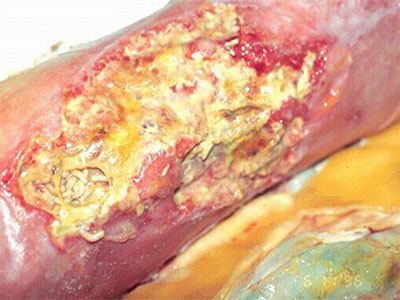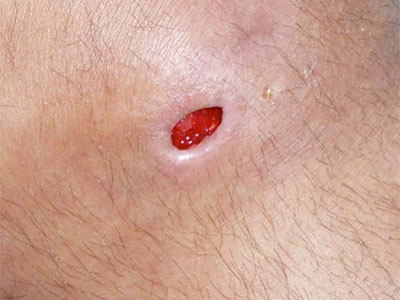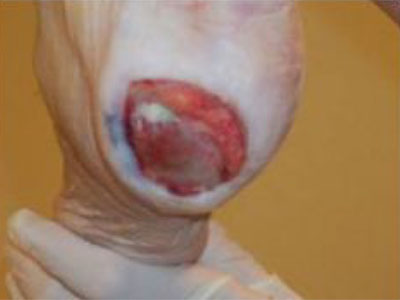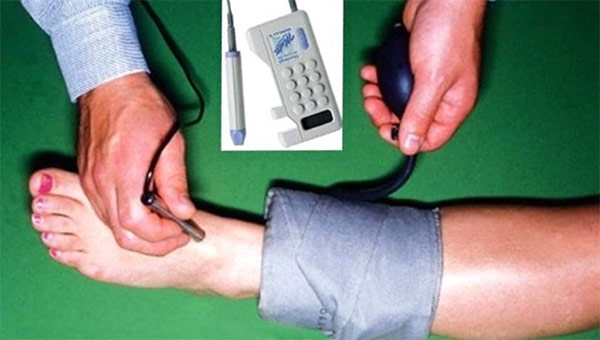The main aims are to restore function (including work), minimize disability even if pain is unchanged and to support appropriate self-management.
What to DO:
- Similar to low risk, elicit concerns and adequate physical examination
- Tailored treatment according to physical findings and specific needs / worries of the individual patient
- Course of chiropractic or physical therapy, which for some patients may only be brief
- Specific chiropractic or physical therapy interventions when clear specific findings from physical assessment (i.e. manual therapy, specific exercises)
- Some patients will need onward referral to specialist services (i.e. secondary care spinal services, ortho, neurosurgery, pain clinic)
- Introduce cognitive behavioural approaches and mindfulness
What to SAY:
- Discuss treatment objectives that are specific and have an end time point; all specific treatment effects should ‘translate’ into functional improvements and reduced disability
- Explain that imaging is not required and will not change management
- Avoid language that promotes fear of pain and catastrophic thinking (e.g., injury, degeneration, wear and tear)
- Encourage activity and self-management, recommend against bed rest
- Recommend against the use of surgery, injections or denervation procedures
View Patient Education & Self-Care Resources View Patient Exercises View Patient Videos















